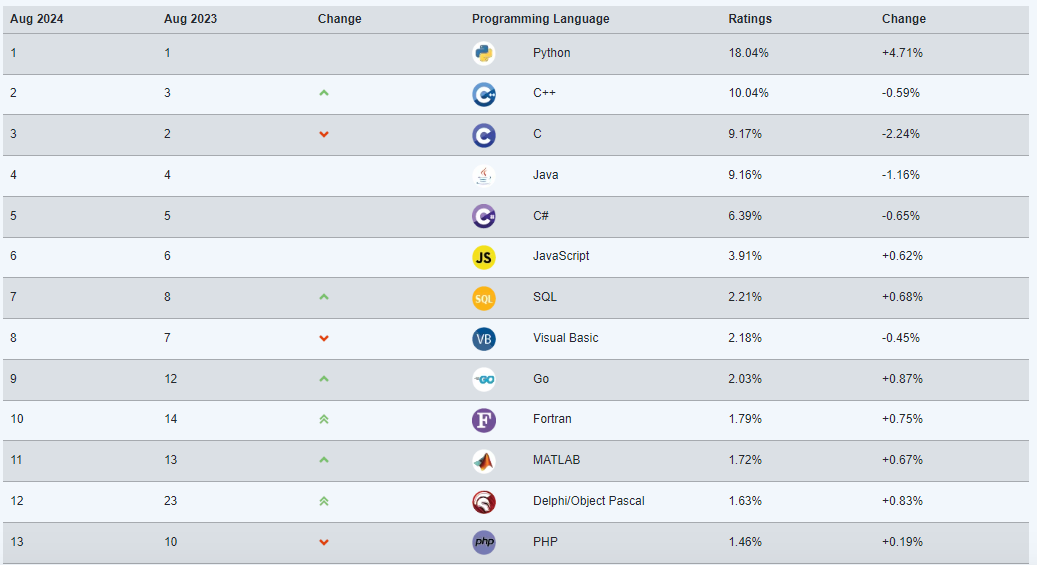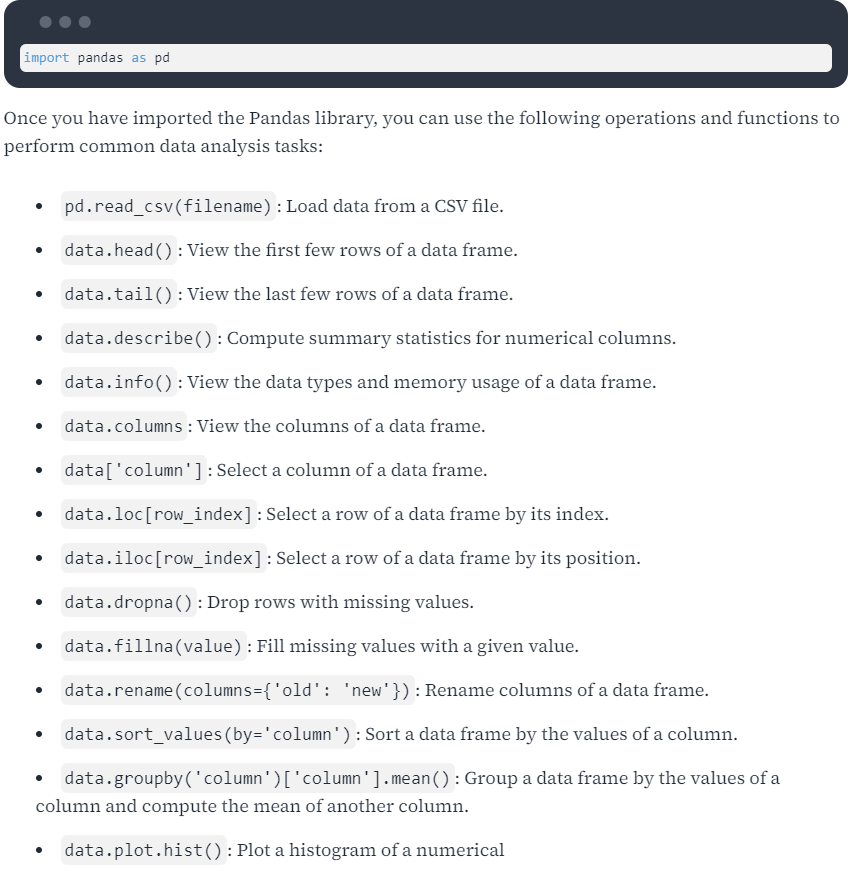[python] 폴더 안의 파일들 이름의 공백 또는 - 를 언더바로 변경하는 프로그램
공백( ) 또는 하이픈(-)을 언더바(_)로 변경하는 프로그램을 작성할 수 있습니다. 이 프로그램은 지정된 폴더 내 모든 파일의 이름을 확인하고, 공백 또는 하이픈이 포함된 경우 이를 언더바로 대체하여 이름을 변경합니다.
import os
def replace_spaces_and_hyphens_in_filenames(folder_path):
# 폴더 내 모든 파일을 반복
for filename in os.listdir(folder_path):
# 파일의 전체 경로 생성
old_file_path = os.path.join(folder_path, filename)
# 파일 이름에 공백 또는 하이픈이 있는지 확인
if ' ' in filename or '-' in filename:
# 공백과 하이픈을 언더바로 대체
new_filename = filename.replace(' ', '_').replace('-', '_')
new_file_path = os.path.join(folder_path, new_filename)
# 파일 이름 변경
os.rename(old_file_path, new_file_path)
print(f"Renamed: '{filename}' -> '{new_filename}'")
else:
print(f"No change: '{filename}'")
# 사용 예시
folder_path = 'path_to_your_folder' # 여기에 폴더 경로를 입력하세요
replace_spaces_and_hyphens_in_filenames(folder_path)프로그램 설명
- os 모듈: 파일 경로와 관련된 작업을 수행하기 위해 os 모듈을 사용합니다.
- 폴더 내 파일 탐색:
- os.listdir(folder_path)를 사용하여 지정된 폴더 내의 모든 파일 및 하위 디렉토리 이름을 가져옵니다.
- for filename in os.listdir(folder_path)를 사용하여 각 파일을 순회합니다.
- 공백과 하이픈을 언더바로 변경:
- if ' ' in filename or '-' in filename: 조건문을 사용하여 파일 이름에 공백 또는 하이픈이 포함되어 있는지 확인합니다.
- filename.replace(' ', '_').replace('-', '_')를 사용하여 공백과 하이픈을 언더바로 대체합니다.
- 파일 이름 변경:
- os.rename(old_file_path, new_file_path)를 사용하여 파일 이름을 변경합니다.
- 사용 방법:
- folder_path에 파일 이름을 변경할 폴더의 경로를 입력합니다.
- 프로그램을 실행하면 폴더 내 모든 파일의 이름에서 공백과 하이픈이 언더바로 변경됩니다.
사용 예시
폴더 경로를 지정하여 프로그램을 실행하면, 그 폴더 안의 모든 파일 이름에서 공백 또는 하이픈이 언더바로 변경됩니다. 예를 들어, path_to_your_folder가 C:/Users/YourName/Documents/TestFolder인 경우:
folder_path = 'C:/Users/YourName/Documents/TestFolder'
replace_spaces_and_hyphens_in_filenames(folder_path)
'프로그래밍 > Python' 카테고리의 다른 글
| [python] Working With Dictionaries (0) | 2024.08.12 |
|---|---|
| [python] 폴더 안의 .webp 이미지를 .png 로 변환 (0) | 2024.08.12 |
| [python] TIOBE Index for August 2024, Python 1st (0) | 2024.08.09 |
| [python] Working With Lists (0) | 2024.07.24 |
| [python] Working With Simple HTTP APIs (0) | 2024.07.24 |




